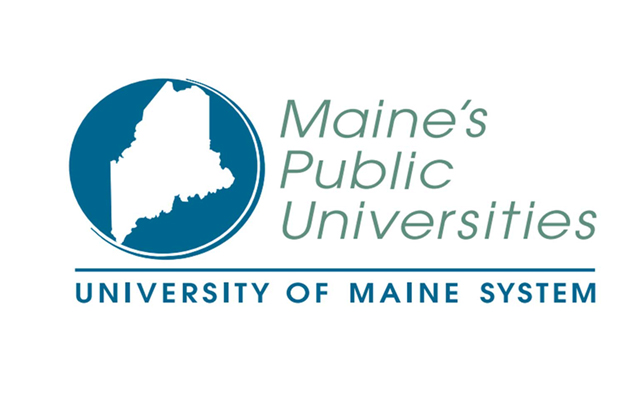In hopes of seeing fewer students bury themselves under mountains of debt during their push to earn a degree, the University of Maine System wants fellow students to spread the word about how to make sound financial choices.
System officials announced plans Thursday to pump $1.2 million into the Peer-to-Peer Financial Literacy Program, which was launched at the University of Maine at Farmington in 2013. The investment is expected to spark similar programs at each of the university system’s seven campuses over the next five years.
“Students are increasingly vulnerable and often faced with navigating some of their most important financial decisions while in college,” said Ronald Milliken, UMF’s financial aid director. “Increasing college costs and the attendant increases in student loan indebtedness are critical issues nationwide. There is a clear need to provide students with the knowledge and tools to successfully manage basic and complex financial issues.”
The financial literacy program will provide one-on-one and group sessions where students can learn how to keep their debts to a minimum and ensure they don’t default on their loans in the future.
At UMF, a group of six peer educators worked with more than 1,000 students since the program launched in 2013. Those students also worked with counselors, students and administrators at high schools across the state, so students have a financial literacy background before they even set foot on a college campus. Now, the six other universities in the system are expected to launch their own versions of the program. After a few years, those groups will spread out to area middle and high schools and community institutions to spread their message.
A report released last month by LendEDU, a student loan refinancing and consolidation group, found that Maine college graduates leave school with an average of nearly $30,000 in debt — the 15th highest average in the nation. Still, Maine fared better than every other New England state, with the exception of Vermont, where the student debt average was about $2,000 lower, putting it at No. 27 on the list.
The $1.2 million the system is pumping into the peer-to-peer program comes primarily from a legal settlement between the state and Standard & Poor’s Financials Services over claims of fraudulent credit ratings, with another $359,000 coming from student employment funds.
Up to eight peer financial educators will be hired on each campus once the program spreads across the university system. They’ll help students navigate complex financial aid applications like FAFSA, understand interest rates, financing and consolidation options, and give tips on how best to keep debt as low as possible. Those educators will be overseen and trained by a program director.
Other campuses have tried strategies of their own to get students to think more about how the decisions they make related to their education will affect their future debts.
The flagship campus in Orono, for example, recently launched Think 30, an initiative aimed at spreading the word that the longer a student takes to earn their degree, the higher their chances of accumulating crippling debts.
Think 30 encourages students to earn 30 credits each year in order to graduate within four years of study. Taking five or six years to graduate has been shown to increase student debt by $10,000 or more. The program also encourages students to earn a few of their credits during brief winter and summer sessions, or by studying online, to speed the process up and increase their chances of getting everything done in time.








